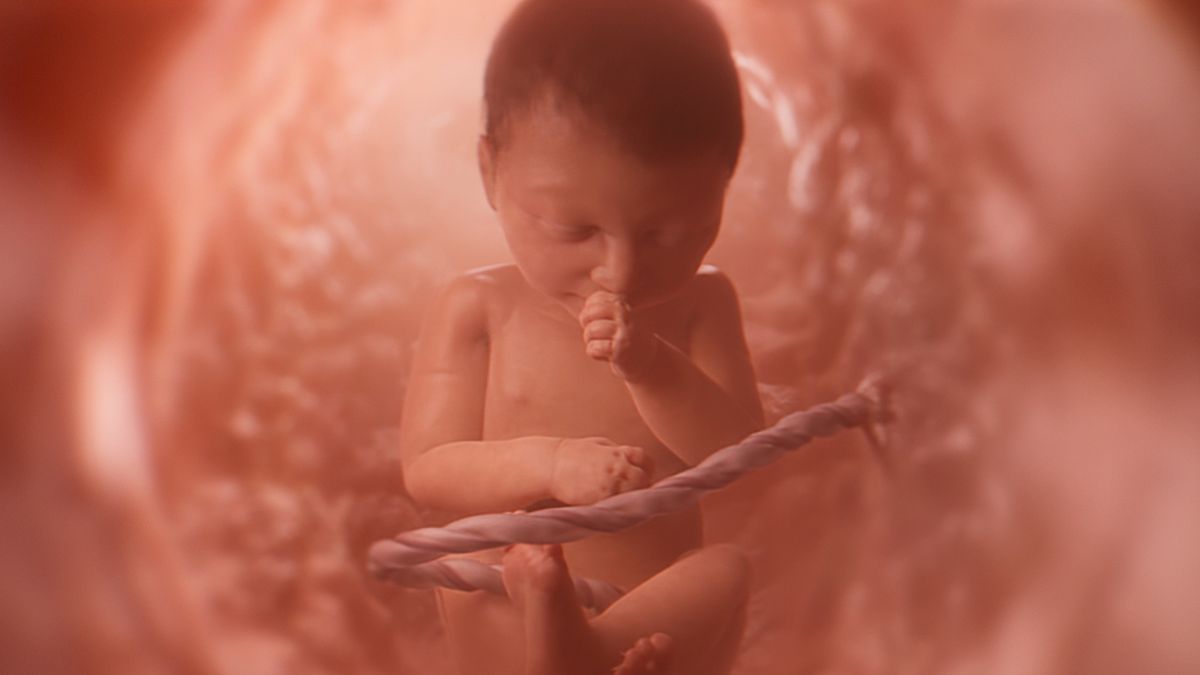

BreakPoint
Art and Idols
Russians have been lining up, not for bread or meat, but for art. German art treasures stolen by the Red Army during World War II are being taken from behind locked doors and exhibited to the public for the first time in half a century, including paintings by the great Reformation painter Lucas Cranach. Cranach is a name that should be familiar to many Protestants. He was a close friend of Martin Luther. In fact, all the paintings we have of Luther and his family were done by Cranach. Yet in spite of great painters like Cranach, some historians charge that the Reformation was hostile to art. Kenneth Clark, in his massive film series Civilization, insists that Protestantism was "destructive" of art. In fact, Clark goes on, it was "an unmitigated disaster." But Clark is describing only one facet of Reformation-the iconoclast movement-extremists who rampaged through cathedrals knocking over statues of the saints and smashing stain-glassed windows. And even the iconoclasts must be understood within their historical context. In State of the Arts, Gene Edward Veith explains that we moderns can scarcely grasp how much spiritual power the medieval mind attributed to images. Icons were honored, adored, addressed in prayer. Statues of saints were said to bleed, weep, perform miracles-and even grant indulgences, exempting sinners from the pains of purgatory. The Reformation teaching of atonement by Christ alone stood sharply against all that. And in their eagerness to fight what they saw as idolatry, the iconoclasts often overdid it. They thought the way to end the worship of saints was to smash the statues of saints. But this was not the true spirit of the Reformation. The true spirit was exemplified by Martin Luther. After being condemned by the emperor, Luther came out of hiding-at the risk of his life-precisely to put a stop to the iconoclast movement. Luther put his life on the line to save religious artwork. Moreover, even the iconoclasts had nothing against art per se; they were opposed only to the idolatrous use of art. In a similar way modern Christians may oppose sex and violence on TV without necessarily being against TV itself. The Reformation was not inherently anti-art or anti-image. Its attitude toward art was expressed well by John Calvin: "Because sculpture and paintings are gifts of God," Calvin wrote, "I seek a pure and legitimate use of each." And indeed, the search for a "pure and legitimate use" inspired a rich flowering of the arts. Whereas medieval art was formal and otherworldly, Reformation art was natural and down-to-earth. Whereas medieval artists painted solemn saints against gold backgrounds, Reformation art depicted farmers and shopkeepers plying their trades against real landscapes. Today Christians are often accused of being anti-cultural and anti-intellectual. But that is neither our heritage nor our calling. The Reformation gave us not only Lucas Cranach but also men like Albrecht Durer, the Dutch landscape painters such as Jacob van Ruisdael, and the incomparable Rembrandt-artists who wove deep spiritual themes into their portrayals of everyday life. So the next time you visit an art museum, look for the section on Reformation art. Claim it proudly as part of your own heritage of faith.
07/11/95















